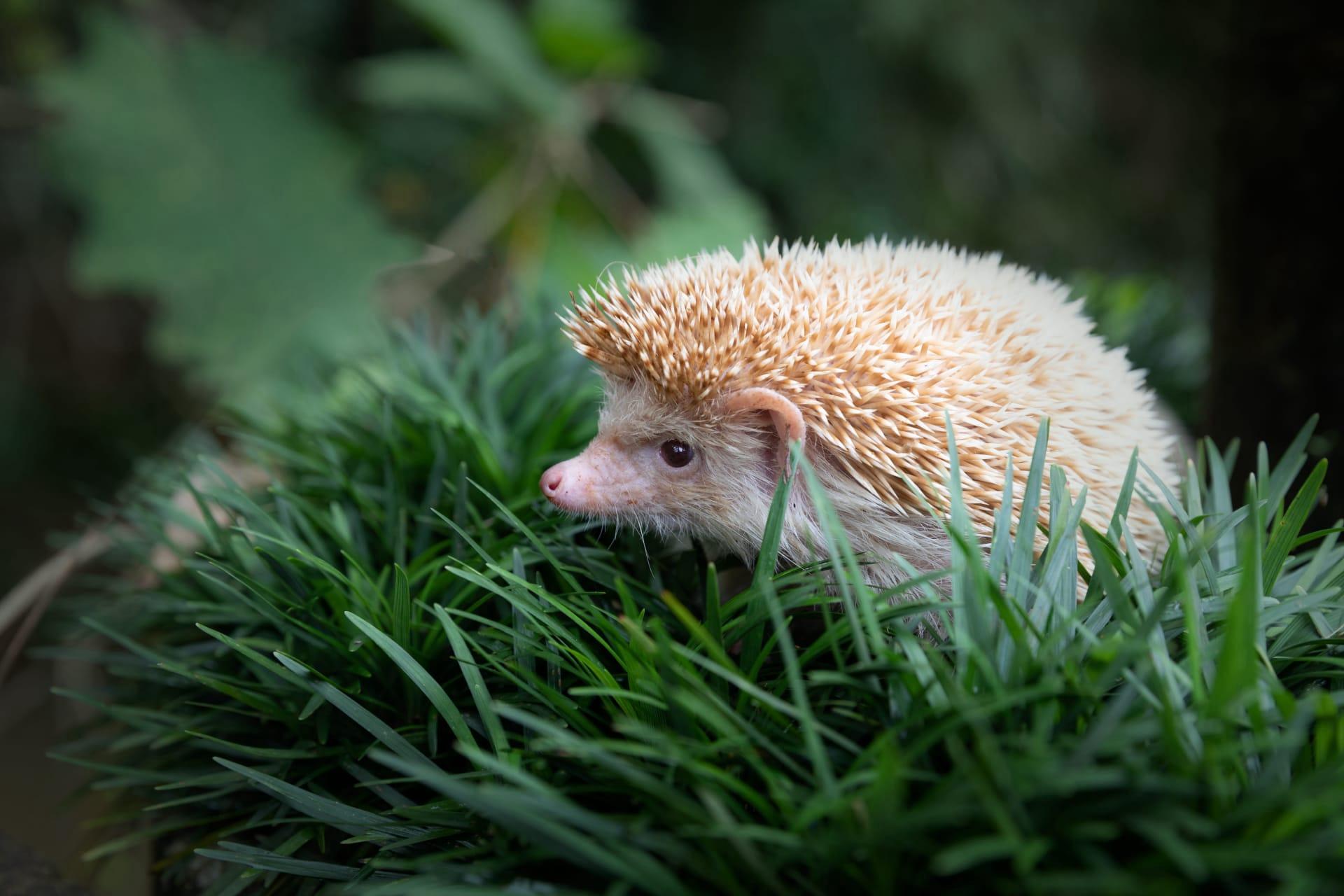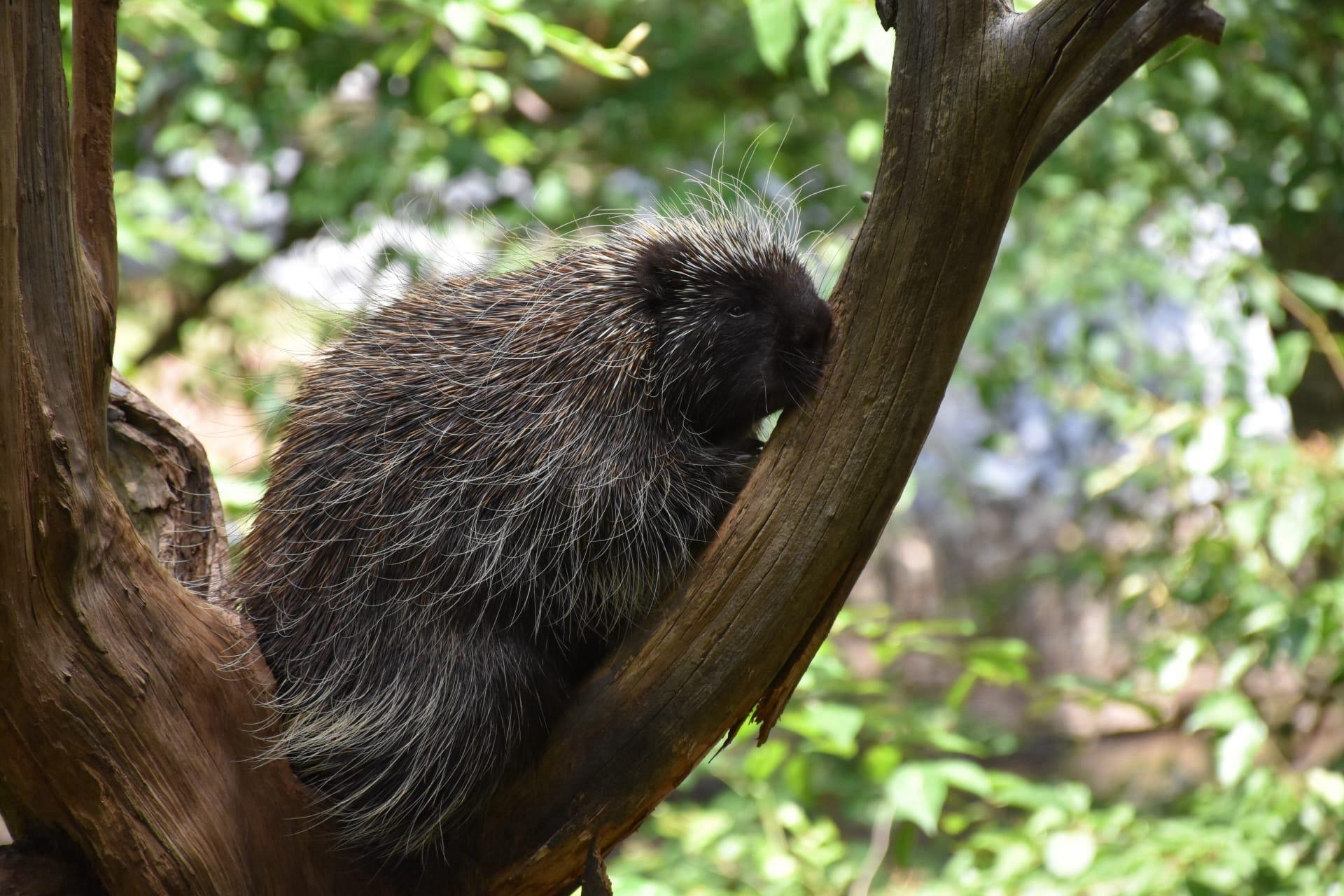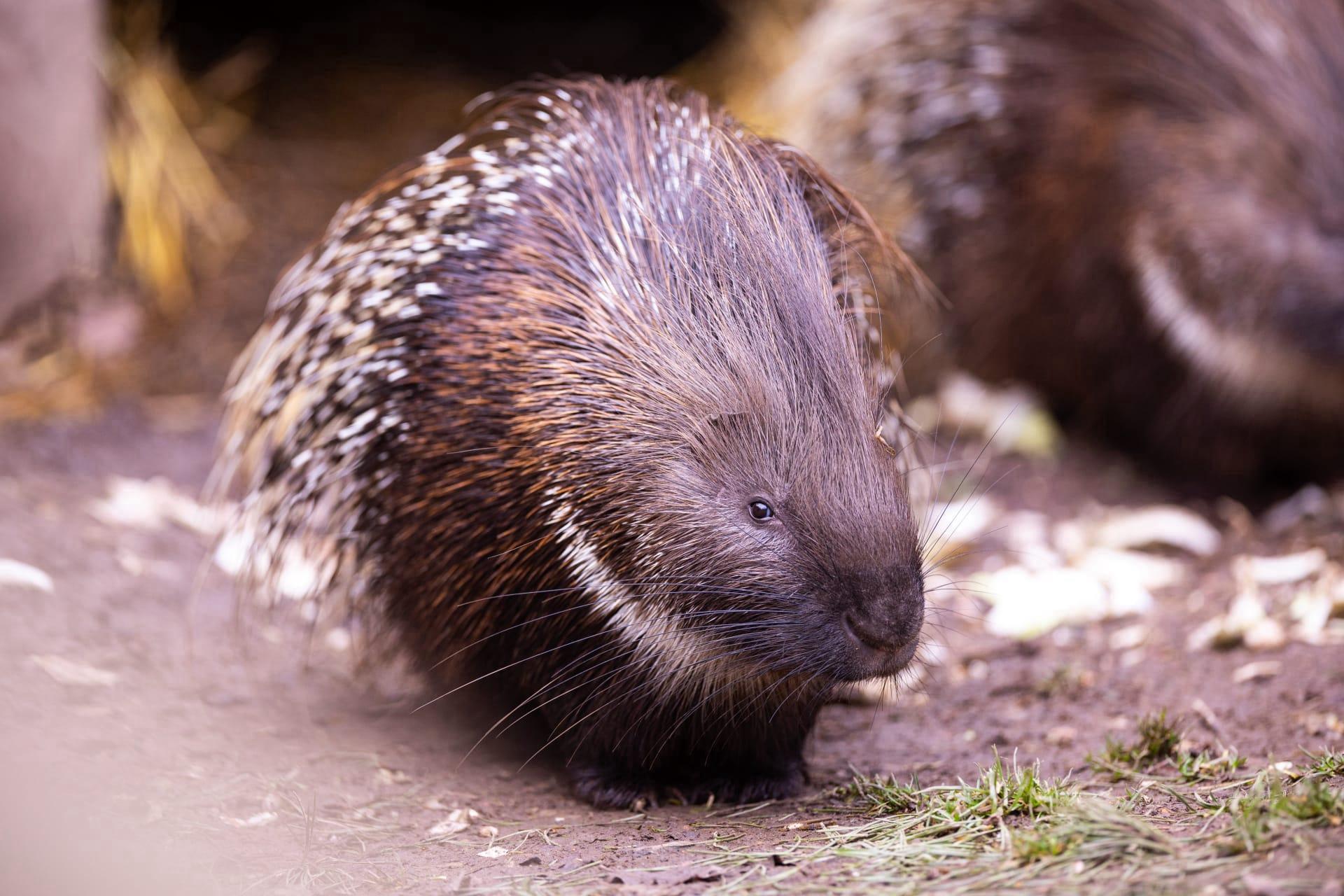Porcupine Characteristics
- Home /
- Mini Encyclopedia /
- Animal /
- Porcupine Characteristics
1
Porcupines, those spiky critters, are quite fascinating in their physical makeup. There are two main types: the larger North American porcupine and the smaller Eurasian species. North American porcupines are chunky guys, with adults usually weighing between 5 to 14 kilograms and stretching up to 25 to 36 inches in length, not counting their tail which can be an additional 8 to 10 inches. The Eurasian variety is smaller, typically weighing between 2.5 to 10 kilograms and measuring 17 to 32 inches in length. These creatures have a lifespan that can impress, often living up to 15 years in the wild, and some have been known to reach the ripe old age of 30 in captivity.
Now, the standout feature of a porcupine is undoubtedly its quills. These are not just any old spikes; they are a marvel of nature's design. Each porcupine is covered with around 30,000 quills. These quills are actually modified hairs made of keratin, the same stuff our hair and nails are made of. They're hollow, barbed, and detach easily when a predator gets too close. The North American porcupine's quills are about 2 to 3 inches long, while the Eurasian species has somewhat shorter ones. When threatened, a porcupine will contract muscles that make the quills stand up and become more intimidating. If a predator persists, the quills can detach and embed themselves into the aggressor, making porcupines a prickly foe indeed.

2
Question: Do porcupines shoot their quills as a defense mechanism?
Answer: This is a common misconception about porcupines. In truth, porcupines do not shoot their quills. When threatened, they raise their quills to appear larger and more daunting. If a predator gets too close, the quills can detach upon contact. The barbed nature of the quills means they can become lodged in the skin of the predator, and because they're barbed, they're tricky to remove. This passive defensive strategy is quite effective, keeping most would-be attackers at bay without the need for aggressive behavior from the porcupine.

3
Porcupines aren't exactly the Olympic sprinters of the animal kingdom. They're slow and lumbering in their movement, preferring a leisurely pace. This slow gait is an adaptation to their environment, where speed is less important than the ability to navigate through dense undergrowth and climb trees. Yes, many porcupines are skilled climbers, using their long claws to grip branches and their strong tails for balance.
As for diet, porcupines are primarily herbivores. They have a fondness for wood, gnawing on tree bark and branches, which also helps keep their continuously growing teeth at a manageable length. In addition, they eat fruits, leaves, and springtime buds. Their strong, curved claws are perfect for digging up roots and tubers. During the winter, when vegetation is scarce, they rely heavily on their stored fat and eat whatever tree bark and needles they can find.

4
Porcupines are adaptable creatures when it comes to habitat. They are found in a variety of environments, from forests and deserts to rocky outcrops and hillsides. The North American porcupine primarily resides in coniferous forests, often in trees, while the Eurasian species prefers rocky areas and can be found in both lowland and mountainous regions. These environments provide ample food sources and natural protection against predators.
In terms of reproduction, porcupines are solitary creatures, coming together only during the mating season. Females typically give birth to a single offspring after a gestation period of about seven months. These baby porcupines, or porcupettes, are born with soft quills that harden within a few days. The mother raises the porcupette alone, and it becomes independent at around six months old. Porcupines reach sexual maturity in 2 to 3 years, contributing to a slow but steady population growth.

5
Book: "The Secret World of Porcupines" by M. Patricia Smith. Published in the United States in the 1990s, this book offers an engaging look into the life and habits of porcupines. Smith, a renowned wildlife biologist, uses her extensive field research to provide insights into the behaviors and characteristics of these unique animals. The book is replete with anecdotes, scientific findings, and vivid descriptions that bring the world of porcupines to life for the reader.
Book: "Porcupines: The Animal Answer Guide" by Uldis Roze. This book, published in the early 2000s, delves into the frequently asked questions about porcupines. Roze, a respected zoologist, combines scientific research with accessible writing to explore the ecology, behavior, and physiology of porcupines. Covering both the North American and Eurasian species, the book is a comprehensive resource for anyone interested in these fascinating creatures.